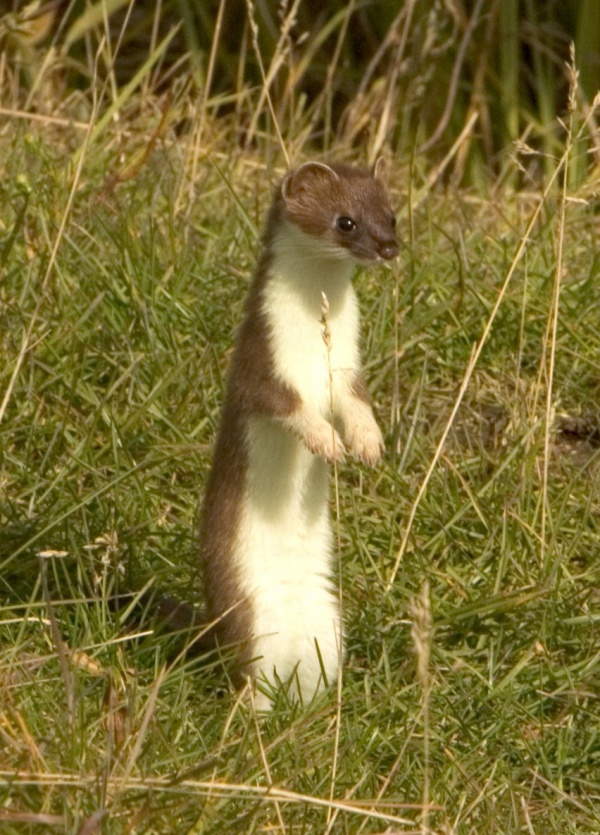Facts About Stoat, Ermine, Short-tailed Weasel
The stoat, also known as the short-tailed weasel or ermine, is a captivating member of the mustelid family. Native to Eurasia and North America, this agile creature holds a "Least Concern" status on the IUCN Red List due to its extensive distribution.
The term "ermine" typically describes the stoat in its striking white winter coat, and sometimes refers to the luxurious fur derived from it. Notably, stoats were introduced to New Zealand in the late 19th century to control the rabbit population. Regrettably, this initiative backfired; stoats began preying on native birds, earning a place among the world's top 100 "worst invaders."
Historically, ermine fur symbolized luxury and was often used by Catholic monarchs and in religious iconography. Stoats have a rich evolutionary history dating back millions of years, adapting to the varied landscapes of the Ice Age. Genetic studies indicate that their closest living relative is the mountain weasel, with the least weasel and long-tailed weasel also being closely related.
One intriguing aspect of stoats is their pronounced sexual dimorphism—males are significantly larger than females. Their diet is diverse, including rodents, birds, fish, and occasionally larger prey. Stoats are territorial and frequently commandeer the burrows of the rodents they hunt. They communicate through a range of vocalizations and exhibit specific behaviors to display aggression or submission.
These nimble creatures have a circumboreal range, meaning they are present across North America, Europe, and Asia. However, in New Zealand, their introduction has led to negative ecological impacts. Stoats are susceptible to diseases and parasites such as tuberculosis, mange, and nematodes.
In folklore and culture, stoats often symbolize purity, beauty, and high status. Their fur, especially in its winter phase known as ermine, has long been associated with royalty and nobility. In the Soviet Union, stoat fur was a valuable commodity in the fur trade, and indigenous peoples have traditionally incorporated it into their regalia.

 Slovenia
Slovenia